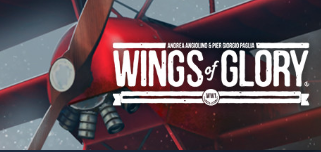ETC 2022, 5 games to remember (and one to learn from)!
 By Paolo Paglianti
By Paolo Paglianti
ETC is probably the biggest and most important Flames of War tournament in the World – I already reported about it here. It was an amazing experience, and I hope to come back in following years. After the above article about the tournament, time to talk about my games with a full report of my six battles with the Iceland Team.
Playing ETC is deeply different than playing a normal, single-player FOW tournament. You are part of a team of six players, and the Captains of the two opposing teams try to find the best pairing for their players. For example, if the opposing team has a US Tank destroyer army, the opposing Captain will try to counter it with Recce Company full of nimble scouts relying on being hidden and to hit the weak side armor of the M10s. The Captains also need to choose which of their players will attack, maneuver, and defend, as they have two “cards” for each stance – ie, you can’t attack with all six players. A lot of strategy even before the game starts!

 by Mitch Reed
by Mitch Reed


 “Just…One…More…Turn…”
“Just…One…More…Turn…” By Patrick S. Baker
By Patrick S. Baker


